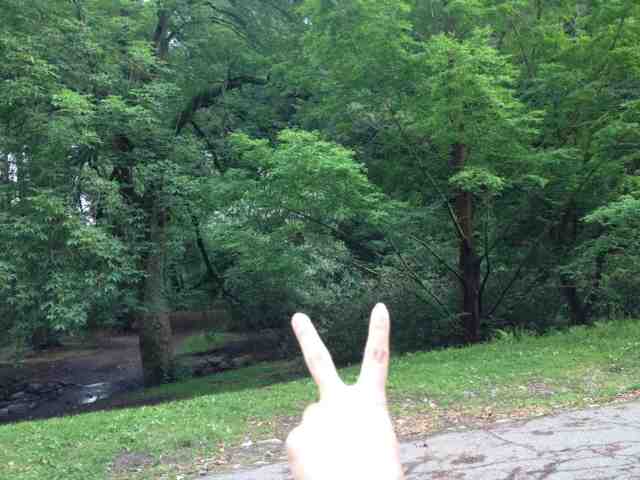Biology

- Ecology Revision
Ecology The following are some points to help you, it does not contain everything! You must revise on your own making summary notes and diagrams to help you. You have your notes, this web and your text book to help you. Please use all of these resources,...
- Homework Human Population
Answer the questions. Please look up spelling and check that your sentences make sense and answer the question. look at the population link to help you. Have a good Academic Travel trip. Human Population 1. Explain the reasons...
- Niche
The tree in the picture is part of the niche for every bird that lives in it. For a bird, in addition to the tree it lives in, the climate, its diet, etc. also form part of the niche. A niche describes the position of a species or population in an ecosystem....
- #65 Ecology
Ecology is the study of the ways in which organisms interact with their environment. Levels of ecological organisation A habitat is a type of environment in which an organism lives. For example, the habitat of a giraffe is grassland (savannah) with...
- Genetic Variation In A Population: Genetics
This a picture of a garden of flowers and plants. Within this garden the plants are not homogenous, they each have their own unique genetic make up. Independent and unique genes contributes to their phenotype and why they all look different. The DNA of...
Biology
Population: Ecology

This picture was taken at the Arnold Arboretum. Here is a large plot of land where many different shrubs and trees grow for display. All of these plants in one area are their own population. A population consists of organisms that can successfully reproduce with enough mates, food, and shelter. The barriers that this population has to prove it lives in its own environment a part from the city where a population of people live, are the streets. Once one leaves the premises of plots of land with trees and goes out into the street, there is a new population - filled with cars. Each population lives in a certain environment that has its own carrying capacity. I don't know if the arboretum is at its peak of trees, under, or just right, but there is a certain amount of trees this environment can sustain until the population has "overflowed". The arboretum also displays a variety of plants that demonstrate that it could be in Hardy Weinberg equilibrium. It is a large population, with random mating, and mutation. But I don't think this population is in equilibrium because there is no genetic drift or gene flow.
- Ecology Revision
Ecology The following are some points to help you, it does not contain everything! You must revise on your own making summary notes and diagrams to help you. You have your notes, this web and your text book to help you. Please use all of these resources,...
- Homework Human Population
Answer the questions. Please look up spelling and check that your sentences make sense and answer the question. look at the population link to help you. Have a good Academic Travel trip. Human Population 1. Explain the reasons...
- Niche
The tree in the picture is part of the niche for every bird that lives in it. For a bird, in addition to the tree it lives in, the climate, its diet, etc. also form part of the niche. A niche describes the position of a species or population in an ecosystem....
- #65 Ecology
Ecology is the study of the ways in which organisms interact with their environment. Levels of ecological organisation A habitat is a type of environment in which an organism lives. For example, the habitat of a giraffe is grassland (savannah) with...
- Genetic Variation In A Population: Genetics
This a picture of a garden of flowers and plants. Within this garden the plants are not homogenous, they each have their own unique genetic make up. Independent and unique genes contributes to their phenotype and why they all look different. The DNA of...
